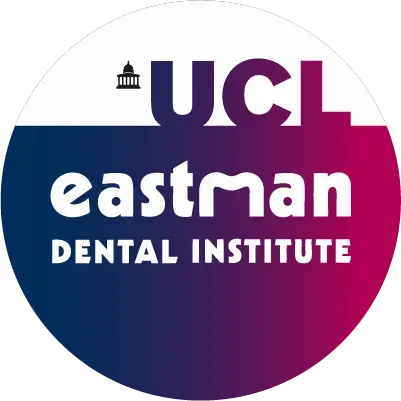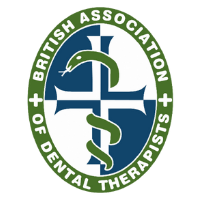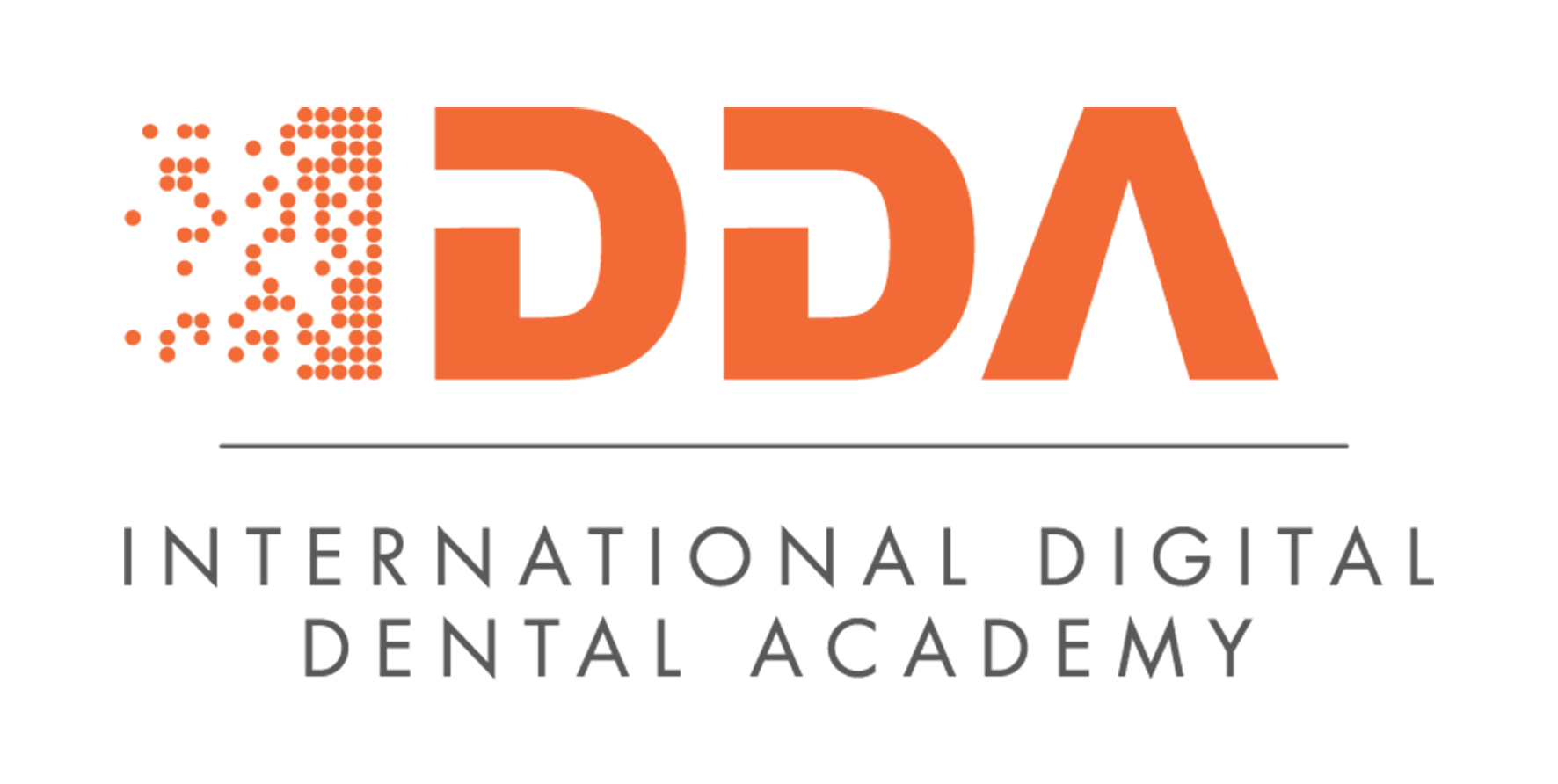Endodontic retreatment: decision-making and practicalities
)
Satnam Singh Virdee, clinical lecturer and specialty registrar in restorative dentistry at the University of Birmingham, will be presenting on endodontic retreatment at this year’s Dentistry Show London. Since having completed his Membership in Endodontics (MEndo) examination with the Royal College of Surgeons of England, Satnam has received 13 clinical-academic awards to date, and also serves as honorary assistant secretary to the British Endodontic Society.
During his lecture at Dentistry Show London, Satnam will be sharing clinical and decision-making tips for endodontic retreatment procedures. Satnam explains that this treatment modality involves, “re-accessing the root canal system once the coronal tooth structure has been stabilised and confirmed restorable, removing existing root canal filling materials in a safe manner whilst overcoming pre-existing operator errors (i.e. ledges, perforations, instrument separations), providing adequate disinfection with irrigants, and finally obturating the canal system to a guideline standard. If necessary, teeth should then be provided with a cuspal coverage restoration to reduce risk of vertical root fractures. This would be particularly prudent in teeth that are lone standing or have pre-existing cracks.”
Satnam will use the first half of his lecture to help practitioners recognise when and when not to proceed with endodontic retreatment. “There are two broad indications for endodontic retreatment. First is the presence of active endodontic pathology originating from an intraradicular source in a structurally intact tooth. This could be due to persistent pathology not eradicated during the primary root treatment (i.e. missed canals, failure to achieve patency), or the introduction of a secondary infection (i.e., poor coronal seal). Secondly, endodontic retreatment may be carried out to improve the technical quality of the existing root filling prior to the provision of a definitive indirect restoration or internal bleaching. This is to prevent the onset of endodontic disease such as apical periodontitis or external inflammatory root resorption.”
The second half of his lecture will then delve into more detail of the practical challenges associated with endodontic retreatments and the clinical tips that can be used to overcome them in a safe, systematic and predictable manner. This includes conservatively re-accessing the root canal system and removing gutta-percha filling material from within root canals.
Particularly relevant for general dental practitioners, dental core trainees and specialty registrars whose weekly practice involves managing endodontically treated teeth, Satnam notes that, “this session will help practitioners with the decision-making processes around managing teeth with previous root fillings and gauge which cases are appropriate to manage in a primary, secondary or specialist care setting. Furthermore, the session should provide practitioners with practical tips to help overcome the specific clinical challenges associated with this treatment modality.”
Commenting on the current research landscape in the field of endodontics, Satnam identifies biologically driven approaches as a key area of promise. “Despite exponential advancements in the armamentarium and knowledge that can be used to disinfect root canal systems, success rates for root canal treatments have remained relatively static over the last five decades. This suggest the benefits afforded by adequately disinfecting the root canals to a guideline standard may have now saturated, and that other more biologically driven approaches to actively stimulate the host immune response to upregulate regenerative processes may now be necessary to break past this barrier. Current exciting research bringing this notion into the clinical setting involves the identification of disease biomarkers within the periradicular tissue fluid, exploiting dentine matrix proteins for their regenerative potential, or harvesting stem cells from inflamed tissues. If fully realised, these biologically driven approaches could revolutionise how we perform root canal treatment.”
Satnam also highlights some of the work being done by the British Endodontic Society to help practitioners expand into endodontics. “The British Endodontic Society have recently set up an Early Career Group that is targeted at practitioners interested in developing their endodontic knowledge and skills, regardless of their stage of training.” He also encourages anyone with an interest in endodontics to showcase their work, noting that there are now 11 competitive national awards designed to recognise the excellent clinical and academic endodontic work being carried out.
Dentistry Show London also provides an ideal platform for the dental profession to come together to share knowledge, ideas and expertise. Commenting on the value of events such as Dentistry Show London, Satnam notes that, “The Dentistry Show provides the opportunity for practitioners from all disciplines and backgrounds to interact with one another in a friendly environment. It also hosts a wide range of speakers providing sessions on such a broad range of topics that is likely to suit all practitioners, regardless of the stage of their training.”
Satnam Singh Virdee will be speaking about ‘Endodontic retreatment: decision-making and practical tips’ at this year’s Dentistry Show London, taking place on Friday 6th and Saturday 7th October at ExCeL London.



















.jpg)







